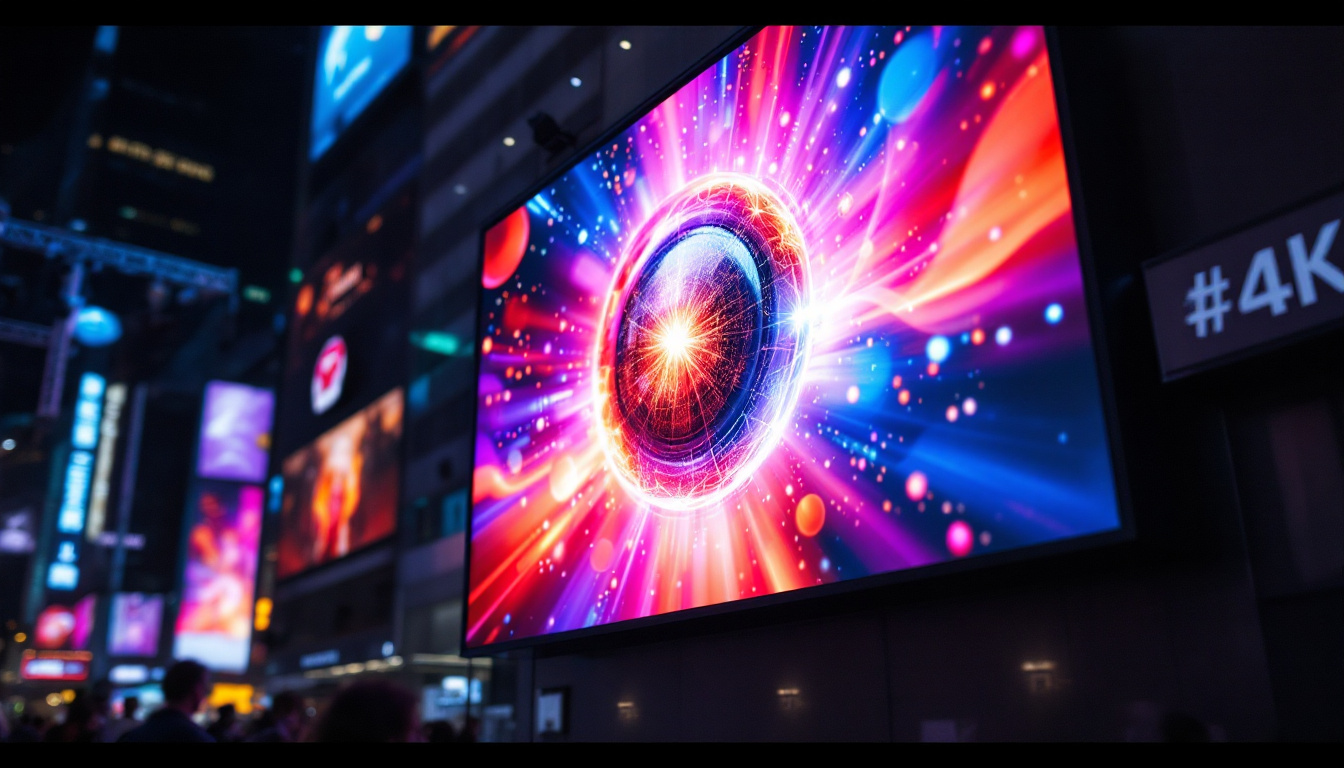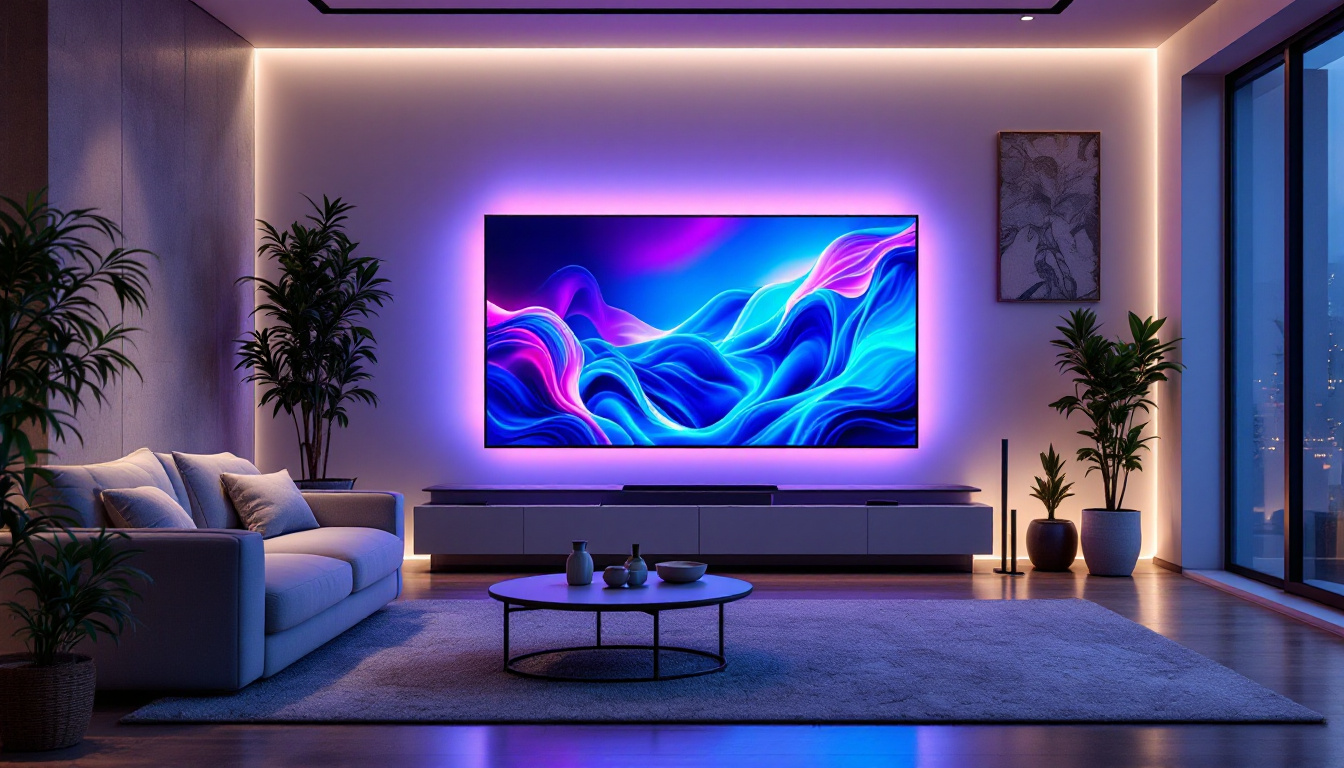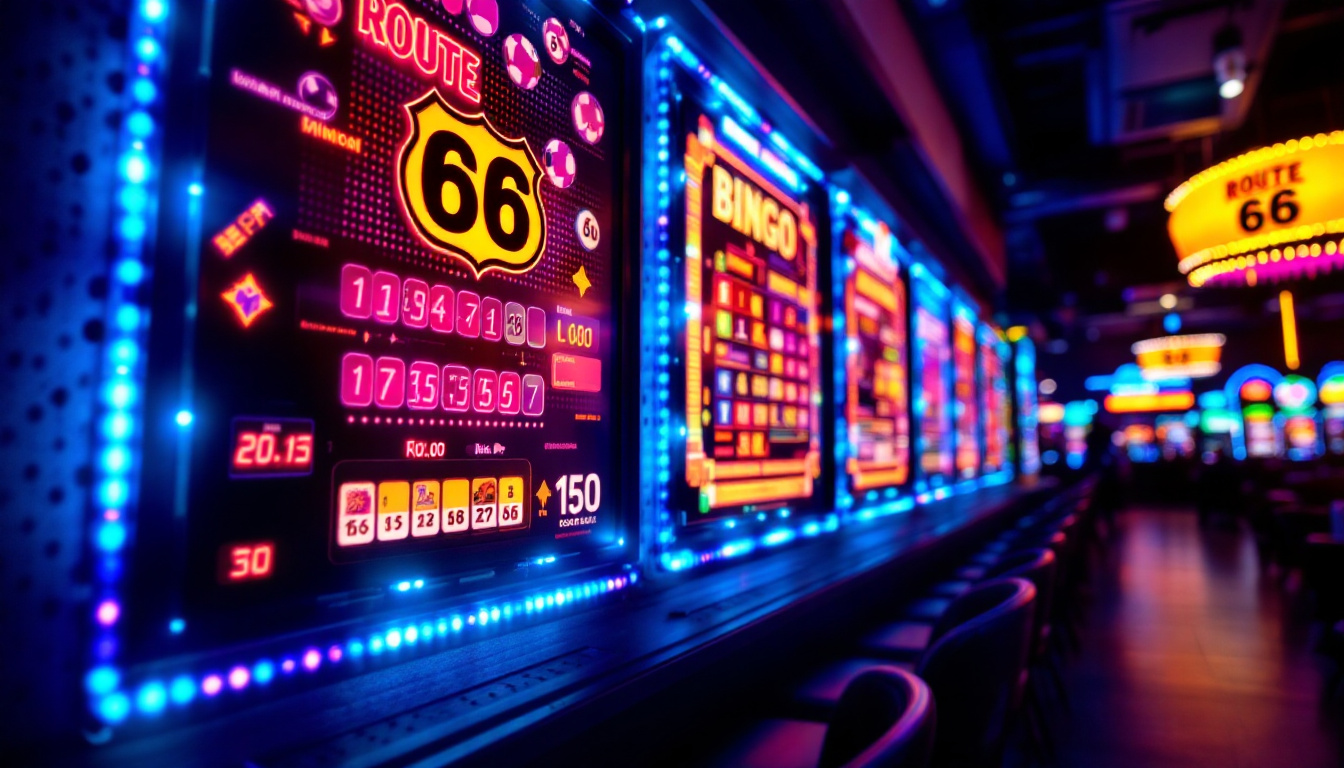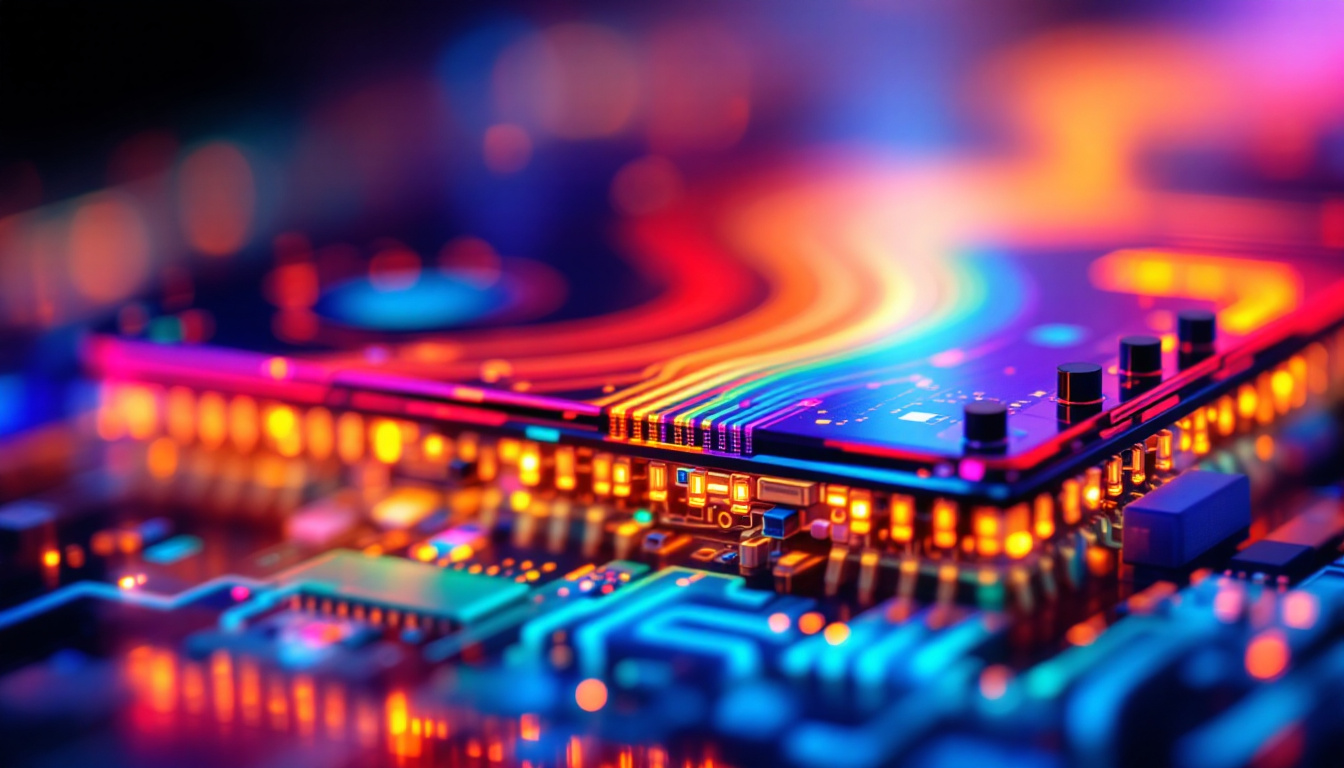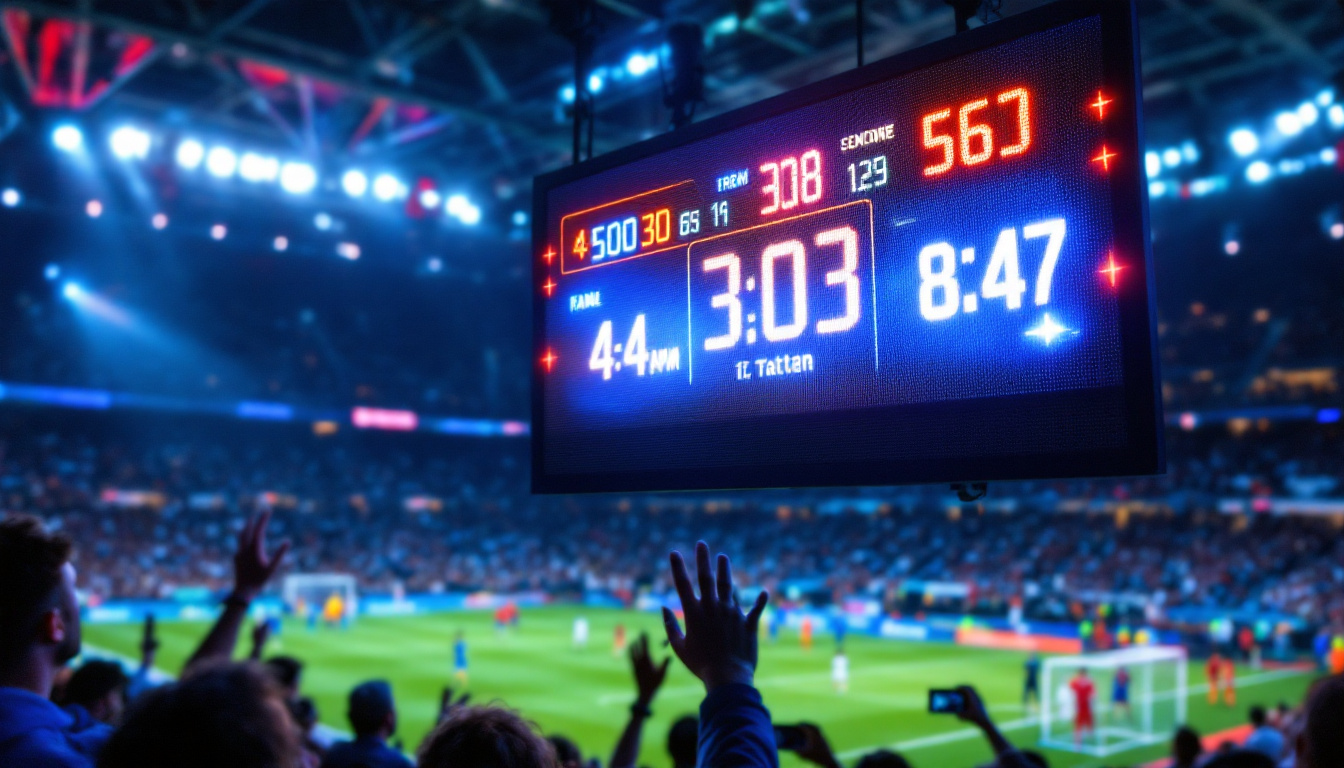In the world of modern display technology, the terms LED and LCD are often used interchangeably, yet they refer to different aspects of screen technology. Understanding the distinctions between LED and LCD displays is crucial for consumers, businesses, and tech enthusiasts aiming to make informed decisions when purchasing monitors, televisions, or digital signage. This article delves into the nuances of LED and LCD technologies, compares their performance, and explores which might be better suited for various applications.
Understanding LCD Technology
LCD stands for Liquid Crystal Display, a technology that has been a staple in screens for decades. At its core, an LCD panel uses liquid crystals that align to modulate light and produce images. However, LCDs themselves do not emit light; they require a backlight to illuminate the pixels.
Traditionally, the backlight in LCDs was provided by cold cathode fluorescent lamps (CCFLs), which are fluorescent tubes positioned behind the screen. These lamps emit white light that passes through the liquid crystal layer and color filters to create the images seen on the screen.
LCD technology revolutionized displays by enabling thinner, lighter, and more energy-efficient screens compared to older cathode ray tube (CRT) monitors. However, the reliance on backlighting means that LCDs can face challenges with contrast ratios and black levels, as the backlight is always on, even in dark scenes.
Key Characteristics of LCDs
- Backlighting: Initially CCFL, now mostly LED-based.
- Image Quality: Good color accuracy and sharpness but limited contrast.
- Energy Consumption: Moderate, depending on backlight type.
- Thickness: Thicker than OLED but thinner than CRT.
One of the significant advancements in LCD technology is the shift from CCFL backlighting to LED (Light Emitting Diode) backlighting. LED backlighting not only enhances energy efficiency but also allows for improved brightness and color range. This transition has led to the development of various LED configurations, such as edge-lit and full-array backlighting, each offering different benefits in terms of performance and cost. Full-array backlighting, for instance, can provide better local dimming capabilities, which significantly improves the overall contrast and black levels of the display, addressing one of the traditional weaknesses of LCD technology.
Another noteworthy aspect of LCD technology is its application across a wide range of devices, from smartphones and tablets to large-screen televisions and computer monitors. The versatility of LCDs has made them the go-to choice for many manufacturers, as they can be produced in various sizes and resolutions to meet diverse consumer needs. Additionally, advancements in manufacturing techniques have led to the development of high-resolution displays, such as 4K and even 8K LCDs, which offer stunning detail and clarity, making them ideal for gaming and professional graphic work.
What Is LED Display Technology?
LED stands for Light Emitting Diode, a type of semiconductor that emits light when an electric current passes through it. When people refer to LED displays, they usually mean LCD panels that use LED backlighting instead of CCFLs. This distinction is important because LED displays are essentially a subset of LCD technology, differing mainly in the backlighting method.
There are two primary types of LED backlighting used in displays:
- Edge-lit LED: LEDs are placed around the edges of the screen, and light is diffused across the panel.
- Full-array LED: LEDs are placed directly behind the screen in a grid, allowing for local dimming and improved contrast.
Additionally, there are true LED displays, such as those used in large outdoor screens and some high-end TVs, where each pixel is an individual LED. These are different from LED-backlit LCDs and offer distinct advantages in brightness and color. True LED displays, often referred to as OLED (Organic Light Emitting Diodes) or MicroLED, can produce deeper blacks and a wider color gamut, making them ideal for high-definition content and immersive viewing experiences.
Advantages of LED Backlighting
Switching from CCFL to LED backlighting brought several improvements:
- Energy Efficiency: LEDs consume less power, contributing to longer device battery life and lower electricity bills.
- Slimmer Designs: LEDs are smaller and more flexible, enabling thinner and lighter screens.
- Better Brightness and Contrast: Especially with full-array LED backlighting and local dimming, screens can achieve deeper blacks and more vivid colors.
- Environmental Impact: LEDs contain no mercury, unlike CCFLs, making them safer to dispose of.
Moreover, the rapid advancement in LED technology has led to the development of features such as HDR (High Dynamic Range), which enhances the range of colors and brightness levels displayed on the screen. This results in a more lifelike image that captures the nuances of shadow and light, providing an unparalleled viewing experience. Additionally, the longevity of LED lights—often rated for tens of thousands of hours—means that consumers can enjoy their devices without the frequent need for replacements, making LED displays a cost-effective choice in the long run.
Furthermore, the versatility of LED technology allows it to be used in various applications beyond traditional displays. From digital billboards and signage to innovative architectural lighting, the adaptability of LED technology is reshaping how we interact with visual media. As industries continue to explore the potential of LED displays, we can expect to see even more creative implementations that push the boundaries of design and functionality.
Comparing LED and LCD: What Are the Real Differences?
Given that LED displays are essentially LCD panels with LED backlighting, the comparison often boils down to the type of backlight used and the resulting image quality, energy consumption, and design.
Image Quality and Contrast
LED-backlit LCDs, particularly those with full-array local dimming, offer significantly better contrast ratios than traditional CCFL-backlit LCDs. Local dimming allows parts of the screen to dim independently, producing deeper blacks and reducing light bleed. This results in more immersive viewing experiences, especially in dark scenes.
However, even the best LED-backlit LCDs cannot match the contrast ratios of OLED displays, where each pixel emits its own light and can turn off completely to achieve perfect blacks.
Energy Efficiency
LED backlighting is generally more energy-efficient than CCFL backlighting. According to studies by the U.S. Department of Energy, LED-backlit LCDs can use up to 40% less power than their CCFL counterparts. This efficiency translates to lower operating costs and reduced environmental impact over the device’s lifetime.
Color Accuracy and Brightness
LED-backlit displays often provide better brightness levels, making them suitable for well-lit environments. Advances in LED technology, such as quantum dot enhancement films, have further improved color accuracy and gamut, allowing screens to display a wider range of colors more vividly.
Durability and Lifespan
LEDs generally have a longer lifespan than CCFLs, often exceeding 50,000 hours of use. This durability means LED-backlit LCDs tend to maintain brightness and color performance longer, reducing the need for replacement or repair.
When Is LED Better Than LCD?
Since LED displays are a type of LCD with LED backlighting, the question is more about when LED-backlit LCDs outperform older CCFL-backlit LCDs or other display types.
For Everyday Use and Energy Savings
LED-backlit LCDs are ideal for consumers looking for energy-efficient displays with good image quality. Their lower power consumption benefits both desktop monitors and televisions, especially in households aiming to reduce energy bills and environmental footprint.
For Enhanced Visual Experience
Full-array LED-backlit LCDs with local dimming are better suited for users who prioritize contrast and color accuracy, such as photographers, video editors, and gamers. These displays provide richer visuals and more immersive experiences compared to traditional LCDs.
For Slim and Lightweight Devices
Because LEDs are smaller and more versatile, devices using LED backlighting can be thinner and lighter. This advantage is particularly important for laptops, tablets, and ultra-slim TVs where portability and aesthetics matter.
Limitations of LED-Backlit LCDs
Despite their advantages, LED-backlit LCDs have inherent limitations due to their reliance on backlighting and liquid crystals.
Viewing Angles
LCD technology typically suffers from narrower viewing angles compared to OLED or AMOLED displays. Colors and contrast can shift when viewed from the side, which may be problematic in group viewing scenarios.
Black Levels and Light Bleed
Even with local dimming, LED-backlit LCDs cannot achieve true black because the backlight is never completely off across the entire screen. This can lead to light bleed and less-than-perfect black scenes, especially in darker environments.
Response Time and Motion Blur
Some LED-backlit LCDs may exhibit slower response times, leading to motion blur in fast-moving images. While gaming monitors have improved significantly, this remains a consideration for users demanding ultra-smooth motion.
Emerging Technologies and the Future of Displays
Display technology continues to evolve rapidly, with OLED, MicroLED, and Quantum Dot displays gaining traction as alternatives to traditional LED-backlit LCDs.
OLED vs. LED-Backlit LCD
OLED displays offer self-emissive pixels, resulting in perfect blacks, wider viewing angles, and faster response times. However, OLEDs are generally more expensive and can suffer from burn-in issues over time. LED-backlit LCDs remain popular due to their cost-effectiveness and durability.
MicroLED: The Next Step?
MicroLED technology combines the benefits of LED and OLED by using microscopic LEDs as individual pixels. This promises exceptional brightness, color accuracy, and lifespan without burn-in risks. While still emerging, MicroLED could redefine the display landscape in the coming years.
Conclusion: Is LED Better Than LCD?
Understanding the relationship between LED and LCD is key: LED displays are essentially LCD screens illuminated by LED backlighting. Compared to older CCFL-backlit LCDs, LED-backlit LCDs offer superior energy efficiency, improved brightness, better color accuracy, and slimmer designs.
For most consumers and professionals, LED-backlit LCDs represent a significant upgrade over traditional LCDs, providing enhanced image quality and lower power consumption. However, they still face limitations inherent to LCD technology, such as viewing angles and black level performance.
Choosing between LED-backlit LCDs and other emerging technologies like OLED depends on specific needs, budget, and use cases. For those seeking a balance of performance, affordability, and longevity, LED-backlit LCDs remain a compelling choice in 2024.
Discover the Future of Visual Display with LumenMatrix
Ready to experience the pinnacle of LED display technology? LumenMatrix is at the forefront of innovation, offering a comprehensive range of LED display solutions tailored to your unique needs. From captivating Indoor and Outdoor LED Wall Displays to dynamic Vehicle and Sports LED Displays, our products are designed to elevate your brand and engage your audience. Embrace the revolution in visual communication with our cutting-edge LED Poster Displays, Floor LED Displays, Custom LED Displays, All-in-One LED Displays, and LED Transparent Displays. Don’t just take our word for it; check out LumenMatrix LED Display Solutions today and see how we can transform your visual storytelling.




